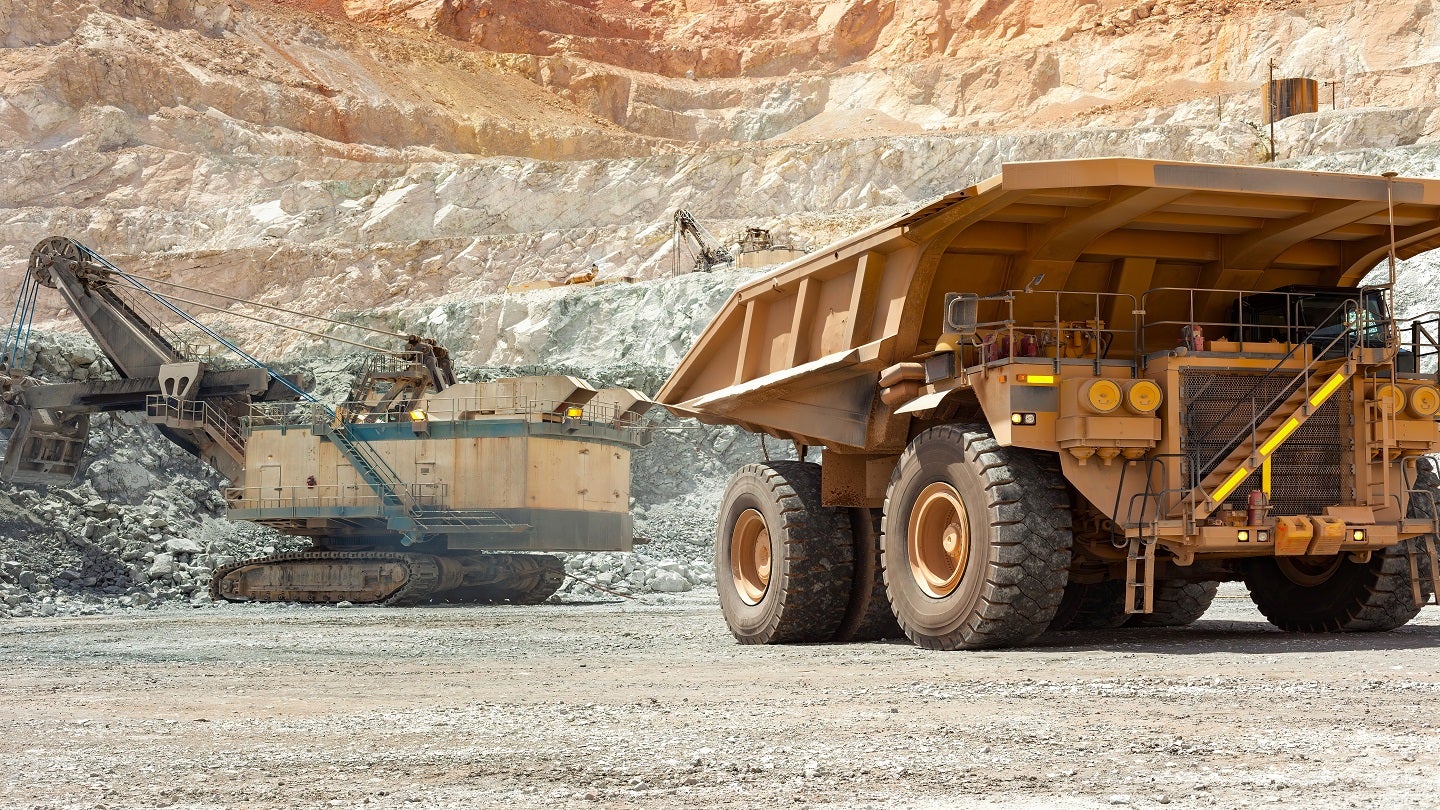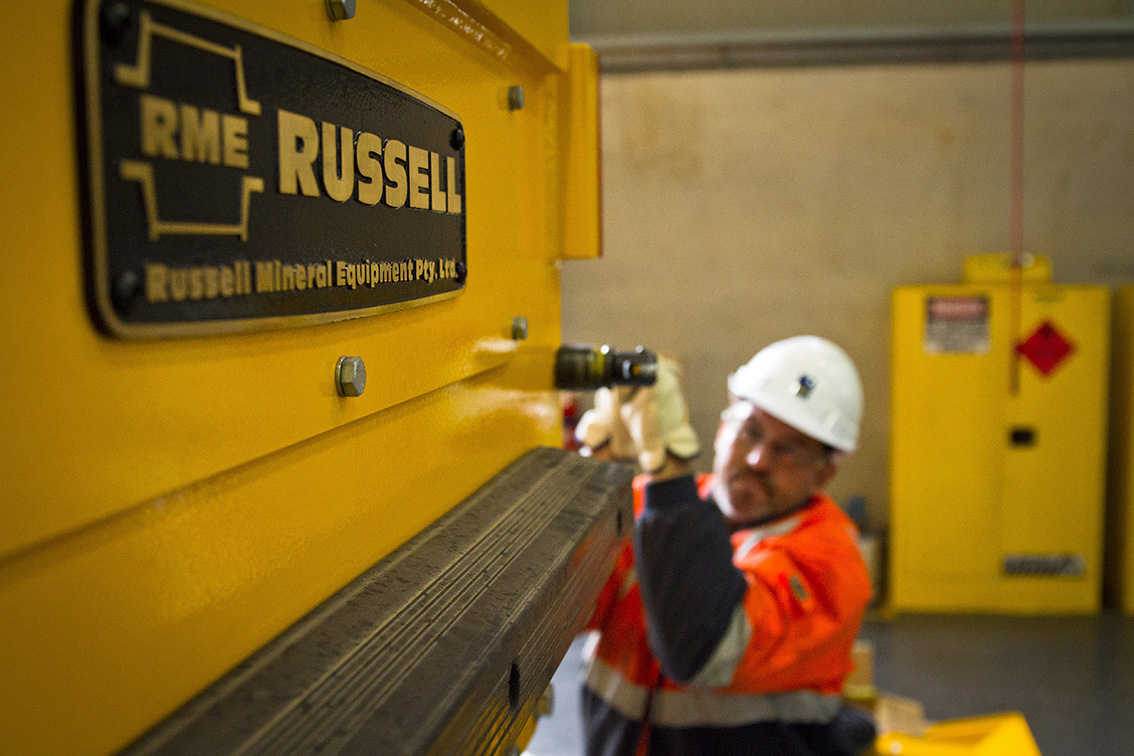
Sign up for daily news updates from CleanTechnica on email. Or follow us on Google News!
For the past ten years, the world has been fixated with two numerical standards introduced by the Paris Climate Accords — 1.5°C and 2.0°C. The first was said to define how hot the Earth could get before significant climate tipping points such as melting polar ice caps began to occur. In theory, if humans could keep that line from being crossed, there was hope that the human community could continue to exist, albeit with adaptations to cope with the hotter temperatures. The second was the bright line in the sand, the flashing red warning signal, the “Cross This Line At Your Peril!” benchmark that indicated we were all now on a one-way journey into a future in which the human population moves toward extinction.
Two new studies published in the journal Nature Climate Change, one written by Alex Cannon and the other by a team led by Emanuele Bevacqua, confirm that 2024 was the first year that exceeded the 1.5°C standard during every month. The question then becomes, does that mean the Earth has entered an irreversible era of peril? Cannon writes in the abstract to his study:
“It must be noted that this goal refers to the long-term average temperature. A few months, or a couple years, warmer than 1.5 °C does not automatically mean that the goal has been exceeded. When will we know that the world has passed this threshold in the long term? Does one year warmer than 1.5 °C signal that the Paris Agreement target has been crossed? How to best reconcile information about temporary excursions above 1.5 °C and long-term threshold exceedance, typically defined on the basis of a centred 20-year running mean of global surface temperature, is an open problem. The latter, by definition, requires information about the future. One proposal is to combine historical observations of the past decade with climate model predictions for the next decade to estimate the current long-term mean global surface temperature. The utility of approaches that merge observations and simulations depends on the accuracy of the initial state and external forcings being prescribed in the models.”
The Climate Plot Thickens
The latest data shows that January 2025 was the hottest month ever recorded, at 1.75°C above pre-industrial levels. What makes that especially concerning is that the world has now entered a La Niña phase that is somewhat cooler than the El Niño phase of hotter conditions in the Pacific that preceded it. Climate scientists had hoped the cooler trend would translate to cooler temperatures globally, so the fact that January was the hottest month ever recorded is doubly concerning. Does this mean we should all be running around like our hair is on fire — figuratively, if not literally? Mike Hulme is a professor of human geography at the University of Cambridge. He told Grist this week, “There’s no ‘cliff edge’ that emerges from any of the scientific analyses that have been done about these thresholds. They are, in many senses, just arbitrary numbers plucked because they are either integers or half of an integer.”
Hulme has been studying the way people think about climate change for decades. He argues that an obsession with global temperatures misunderstands why people care about climate change in the first place: They care about how it affects their lives, not abstract readings of the thermometer. He’s also argued that climate advocates should stop chasing a series of “deadlines” to try to drum up enthusiasm for meeting these goals, which he claims has painted the world into a dangerous corner.
He said 1.5°C was always a goal that was impossible to achieve when the Paris Climate Accords were agreed to. “Everybody who understands both the dynamics of the physical climate system and also the dynamics of the world energy system, understood that. 1.5 became a campaigning number around which civic groups, activists, and youth entrepreneurs mobilized. It was interpreted as being if 1.5 was breached, then the world either moved into an entirely different physical state that was dangerous compared to 1.4 or that somehow 1.5 represents a ‘tipping point’ in the Earth system, which if exceeded, triggers certain feedback mechanisms that cannot be undone.
“Either way, it cultivates an atmosphere of fear. And the danger is, if we’ve transgressed 1.5, the feeling mounts that somehow it’s game over, that we’ve failed in our task to manage the risks of climate change. And that, to some at least, will cultivate cynicism, disillusion, and a loss of focus. These are dangerous emotions. They don’t help with clear eyed thinking around the difficult politics of climate and energy.”
Don’t Look Up!
“The idea of deadlines is a long one in the history of climate advocacy and politics,” Hulme said. “To me, it’s a pernicious way of thinking about this. There is no cliff edge over which the world’s climate or humanity is going to fall over, whether it’s 1.5, or 2, or 2.5. The movie that came out a few years ago, Don’t Look Up, used the idea of an asteroid hitting the planet as an allegory for climate change. And that is actually a very bad way of thinking about climate change. It’s not something that will destroy the planet at any particular threshold. It’s an incremental risk, and it’s a relative risk, actually. By relative risk, I mean, one has to think about the things that concern people in the wider context of their life and their aspirations for the future. It’s relative to a pandemic, relative to a nuclear war between two superpowers, relative to having one’s family destroyed by terrorism. So climate change is that type of a problem. It’s not like an asteroid. […]
“We know for a variety of reasons that a world that is 85 to 90 percent dependent on fossil fuels is probably not a good world for the future for all sorts of reasons, climate change being one of them. So one could actually structure some of the politics of this around decarbonization and providing incentives for accelerated decarbonization, but without putting artificial deadlines on it. It’s not as though if we don’t get the world energy system down to 80 percent, 75, 70, 65 percent by certain dates, we’ve somehow lost the battle. At least we’re going in the right direction.”
Finding The Right Frame
What Hulme is really saying is that how the global warming debate is framed is as important as the actual science — maybe more so. Focusing on numbers — 1.5°C or 2.0°C — is using the wrong framework. Framing is the art of using language to activate particular unspoken ideas and associations. Need an example? The Republican Party as presently constituted frames all of its communications with the voting public in terms of emotional triggers. “Black and brown people are pouring across the border, bringing drugs and disease into America.” That is a powerful construct that resonates with a lot of voters. As Lyndon Johnson taught us, “If you can convince the lowest white man he’s better than the best colored man, he won’t notice you’re picking his pocket. Hell, give him somebody to look down on, and he’ll empty his pockets for you.”
Those of us here at CleanTechnica have spent the last decade celebrating the Paris Climate Accords and talking about “carbon budgets” and “tipping points.” Often we wonder why more people are not paying attention; after all, this is some pretty scary stuff! If Hulme is correct, we have been flogging the wrong horse and perhaps doing a disservice to our mission, which is to convince people to gravitate away from burning fossil fuels.
There is an analogy here to electric cars, heat pumps, and renewable energy. All of those things are no brainers to us but abstractions to many others. Pleas to save the Earth fall on deaf ears, but demonstrating how people can lower their costs of driving, or heating and cooling their homes, or reducing their monthly utility bill do get people to sit up and pay attention. Perhaps we need to do more persuading and less preaching? In the final analysis, economic considerations resonate with people more than appeals to reason.
Grand visions like the Paris Climate Accords are useful but the hard work is doing the little things every day that bring the goal closer to reality. My condo association is pondering whether to replace our propane pool heater with a heat pump. People don’t know what a heat pump is, how it works, or why they might want one. My job now is not to beat them over the head with rhetoric about how burning propane creates harmful emissions that threaten our very existence here in our South Florida paradise. Instead, I need to educate my neighbors about how installing a heat pump now will save us all money in the future. People like saving money, so that’s the proper frame for that discussion.
Electric cars, heat pumps, and renewable energy all beat the alternatives on cost almost every time. That’s the message we need to promote. Forget tipping points and starving polar bears. All politics is local, Tip O’Neill said, and he was right. We need to learn how to educate without blaming, guide without criticizing, and speak of concrete ideas rather than abstract notions. That may be the best way to get others to sign on to the mission of keeping the Earth a place where human beings can thrive.
Chip in a few dollars a month to help support independent cleantech coverage that helps to accelerate the cleantech revolution!
Have a tip for CleanTechnica? Want to advertise? Want to suggest a guest for our CleanTech Talk podcast? Contact us here.
Sign up for our daily newsletter for 15 new cleantech stories a day. Or sign up for our weekly one if daily is too frequent.
CleanTechnica uses affiliate links. See our policy here.
CleanTechnica’s Comment Policy




